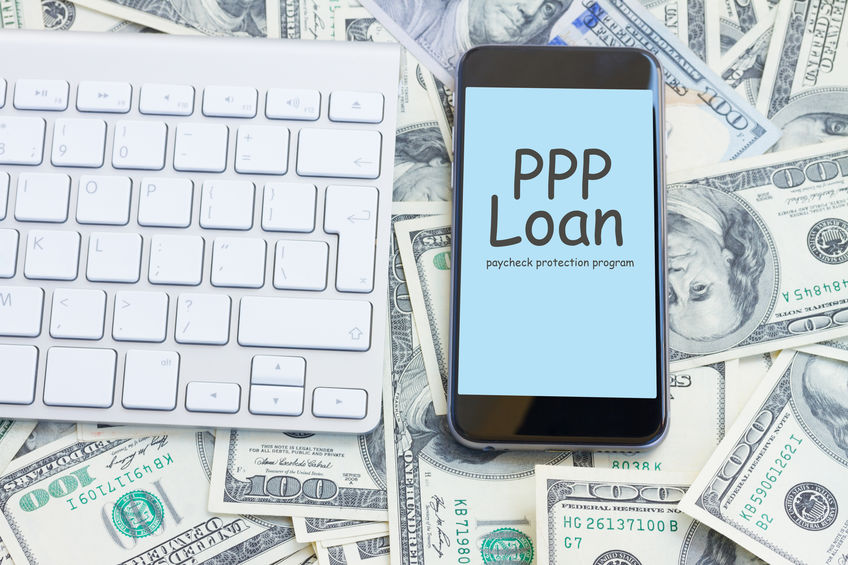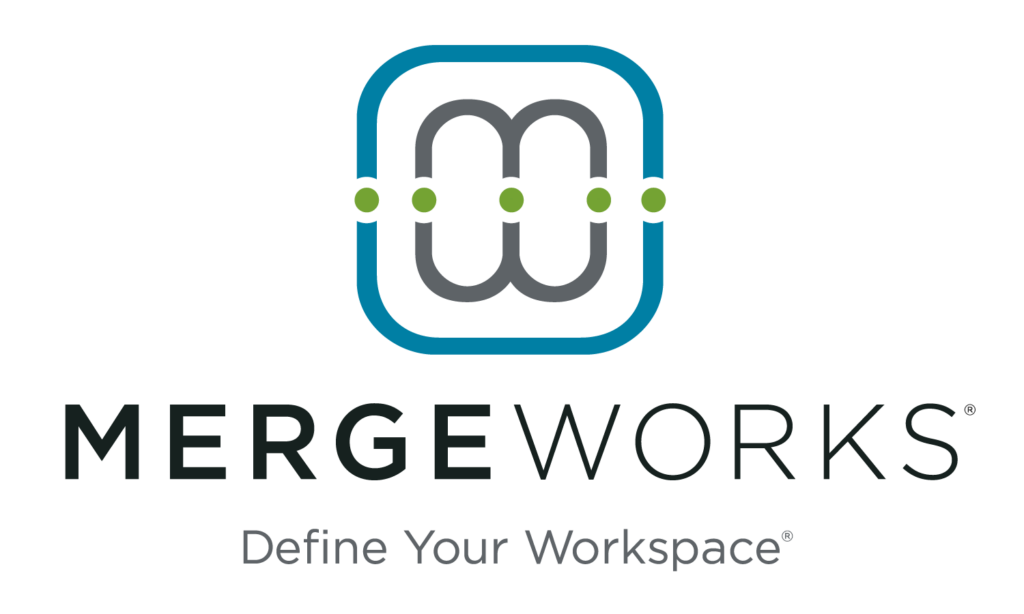Did you receive a federal Paycheck Protection Program (PPP) loan in 2020? Do you need additional funds in 2021? With the newest COVID-19 relief bill that passed in December 2020 comes some critical changes, whether you’re hoping for new funding in 2021 or figuring out how to deduct and compute any 2020 PPP funds you already received. The American Institute of Certified Public Accountants (AICPA) offers an overview of the bill here. In summary:
Expenses Are Indeed Tax Deductible
If you already took a PPP loan in 2020, here’s a vital development: You can deduct business expenses paid with the funds 100%, even when the PPP loan has been forgiven (or you expect it to be forgiven). This clarification from Congress is in direct contrast to guidance issued by the IRS in recent months. What’s more, owners of pass-through entities can receive a basis step-up in their stock/partnership interest for any tax-exempt income from a forgiven PPP loan.
Say Hello to PPP2
The new round of funding has already been nicknamed PPP2. It’s similar to the first round of PPP loans, but there are a few critical differences. You can apply as a first-time qualified borrower or, if you received a previous PPP loan, you may qualify for up to $2 million more. For additional funds, you need to have 300 or fewer employees, have used or will use the full amount of your first PPP loan, and be able to show a 25% gross revenue decline in any 2020 quarter (compared to the same quarter in 2019).
New Forgivable Expenses
The second stimulus package also expands four categories covered as part of approved expenses including certain operational expenses, property damage, supplier costs, and worker personal protection equipment (PPE). But, just like before, PPP borrowers must spend at least 60% of the funds on payroll over a certain period of time.
Additional changes and clarifications include:
- A simplified application process for loans of $150,000 or less.
- No need to deduct the amount of any EIDL advance from a PPP forgiveness amount.
- For borrowers who returned all or part of a previous PPP loan, the ability to reapply for the maximum amount available to them.
If you’re a PPP loan recipient or plan to be in 2021, these new rules will affect your tax return. Feel free to contact us with any questions.

























